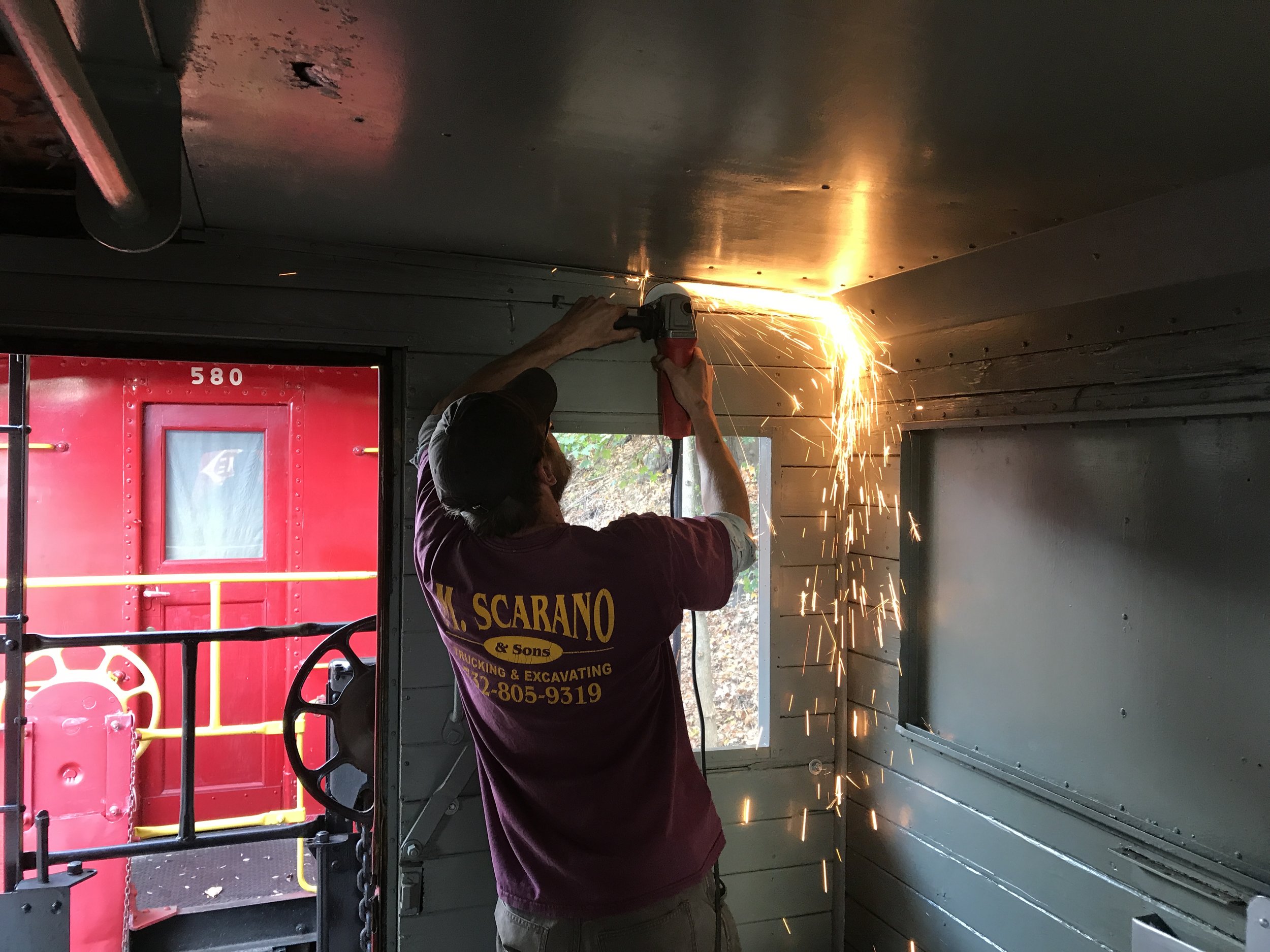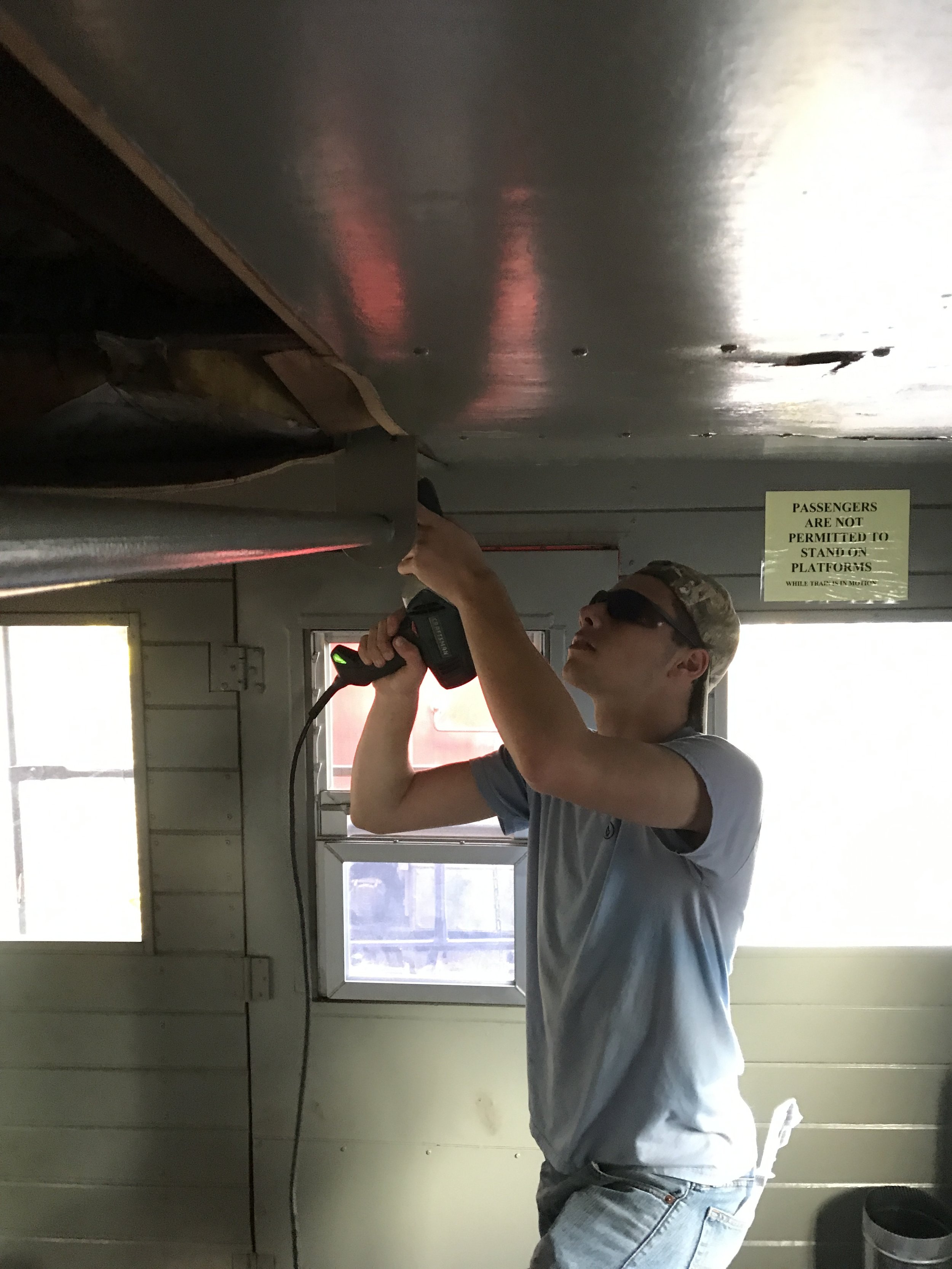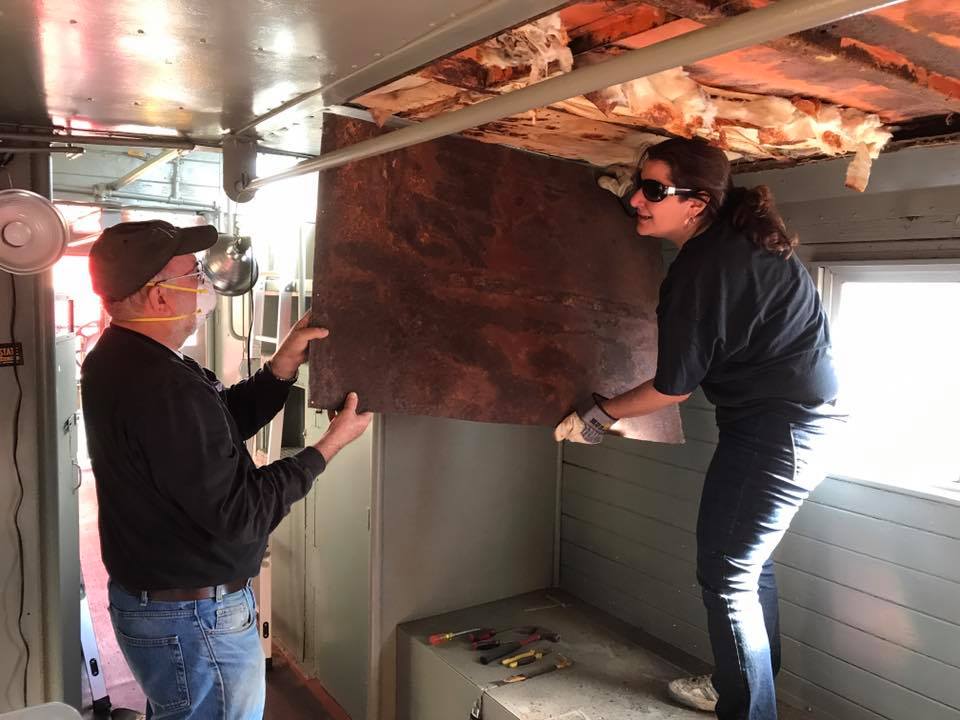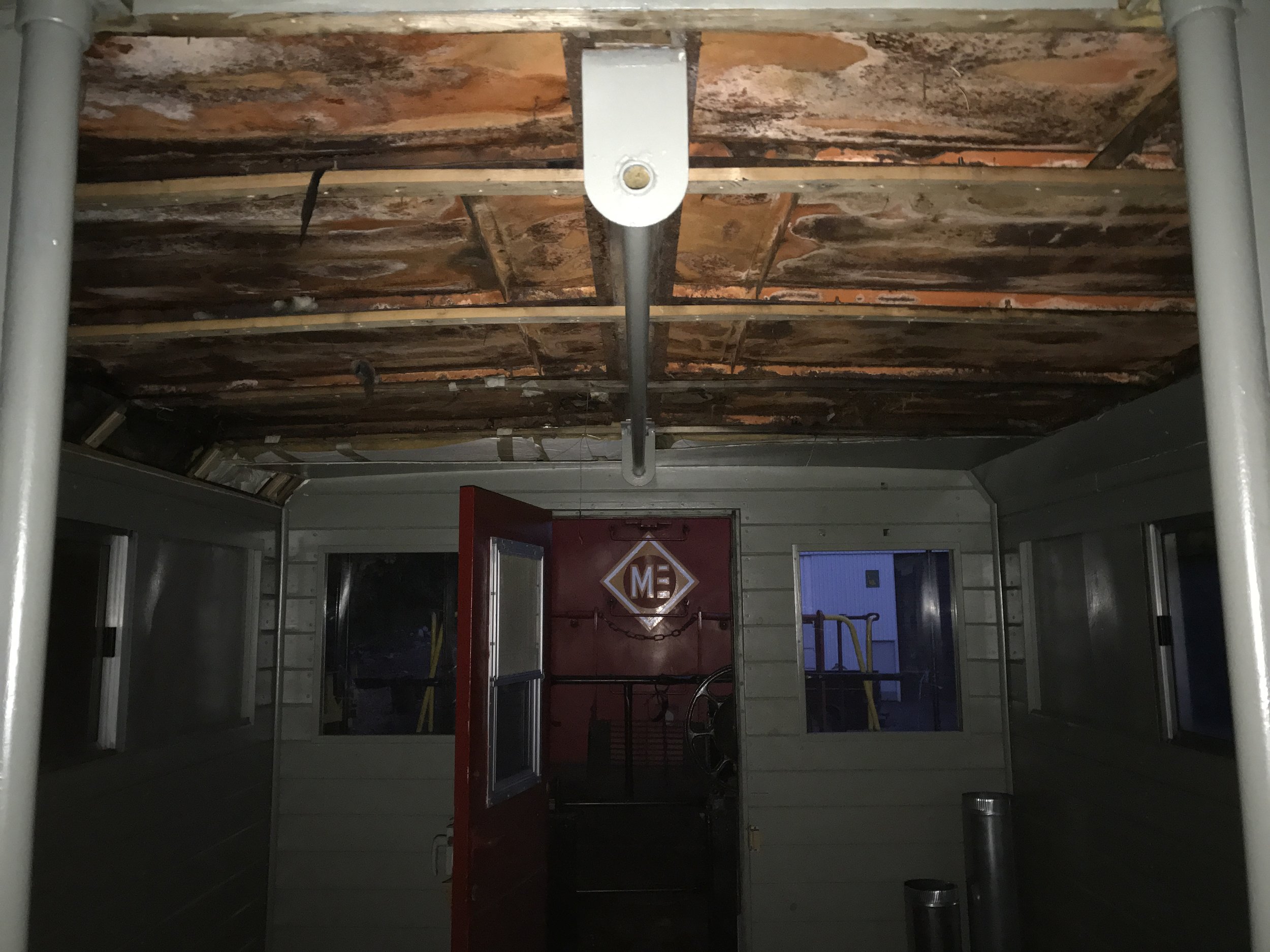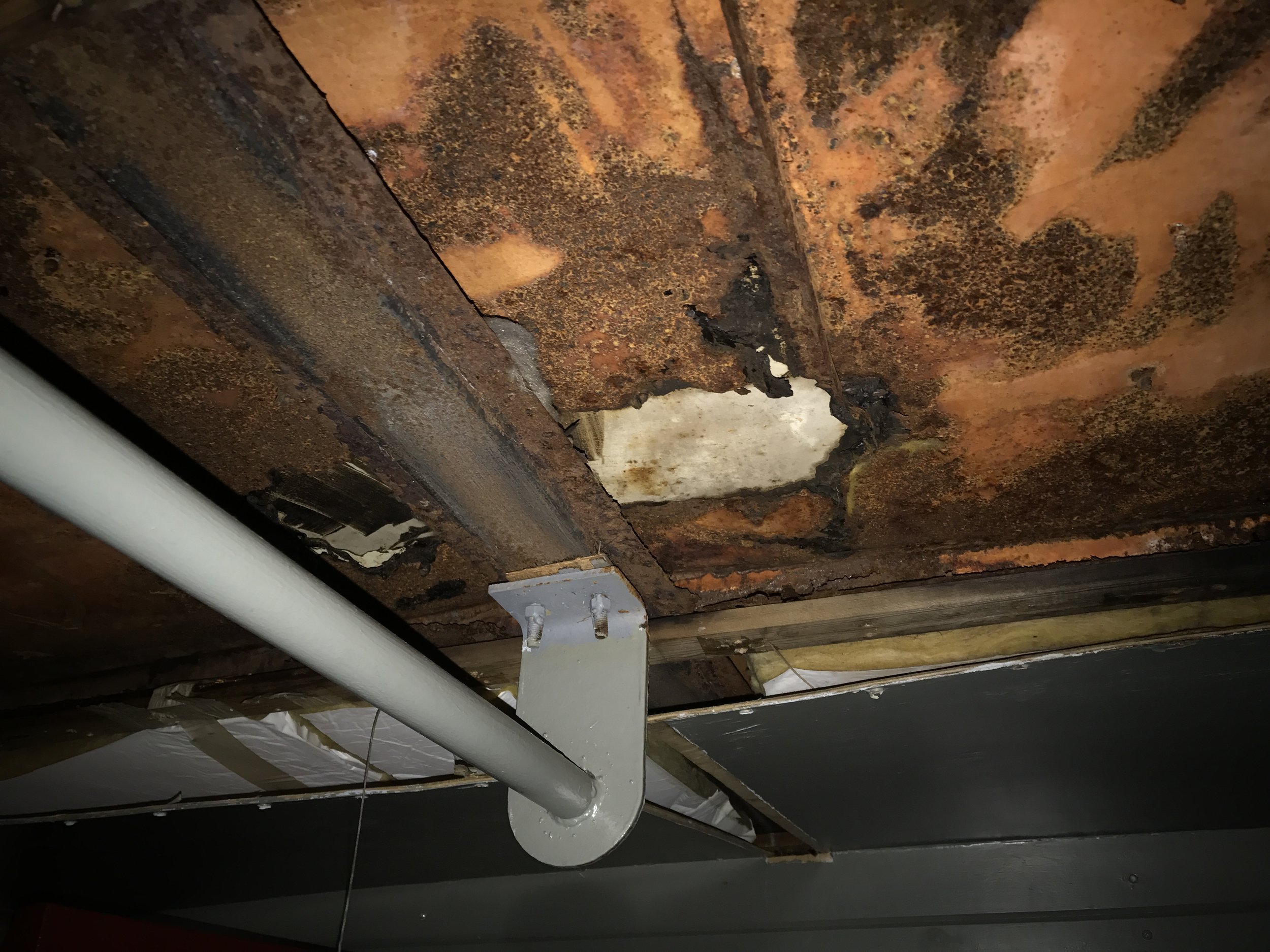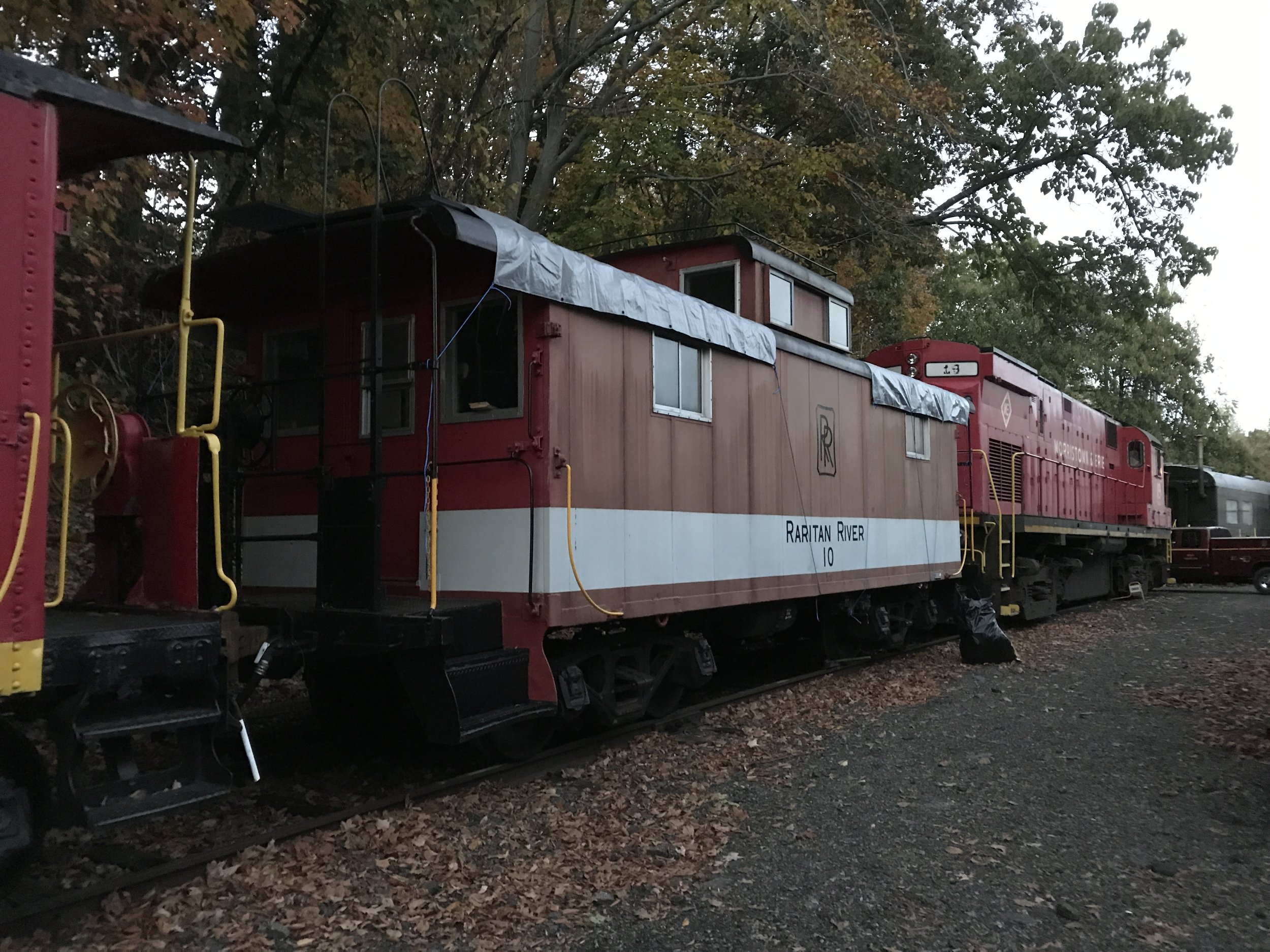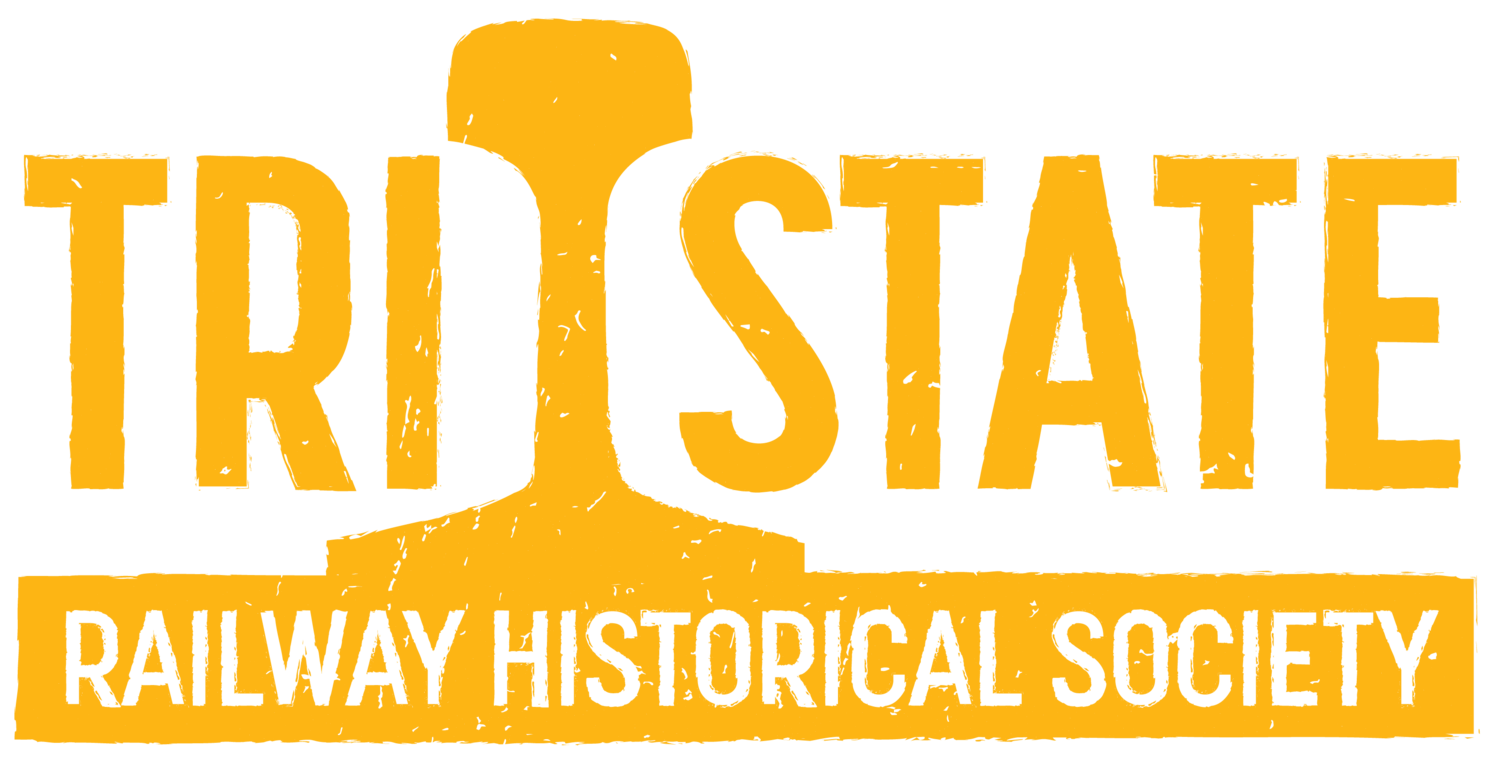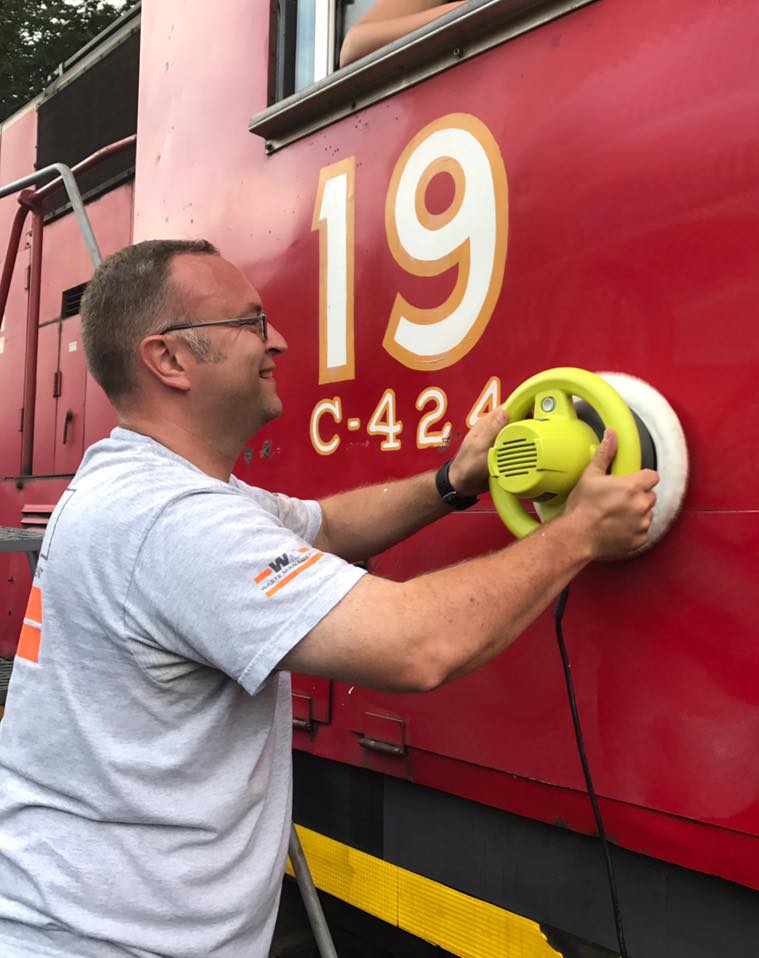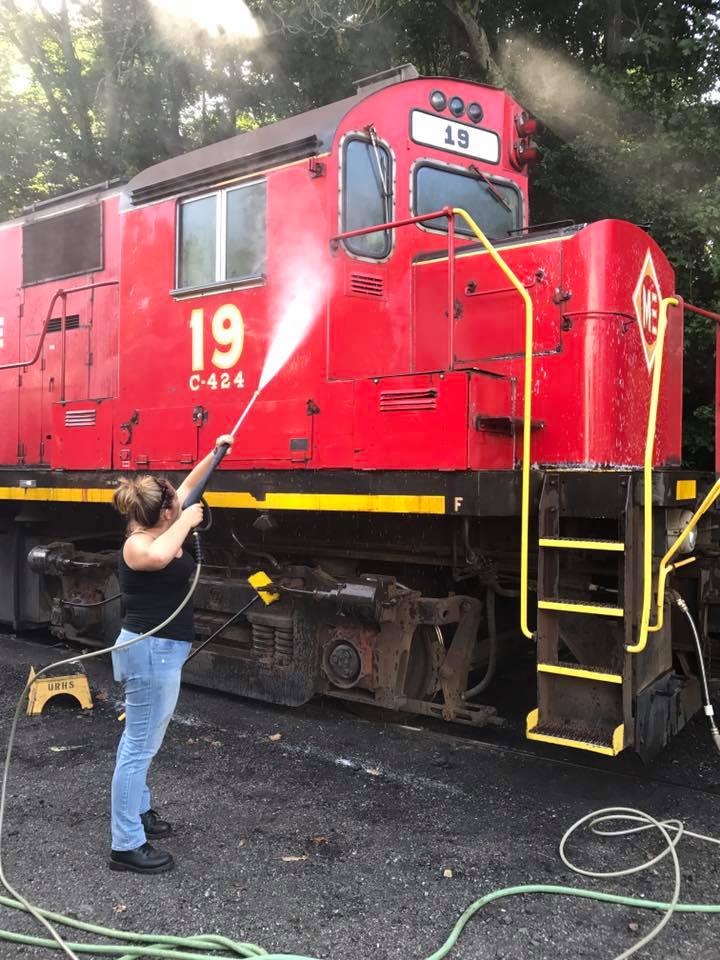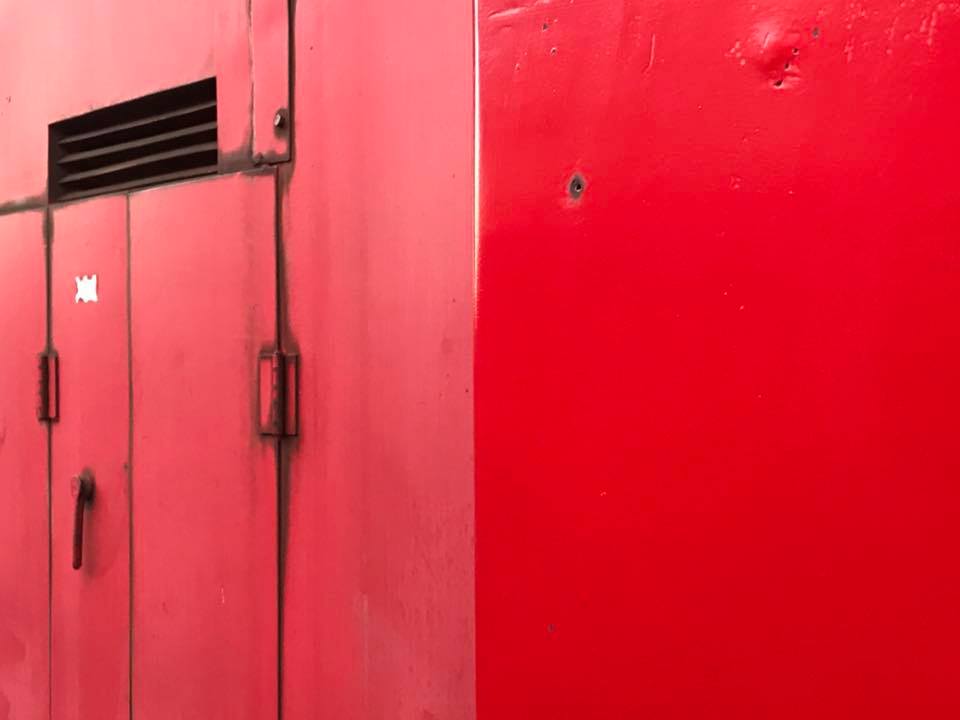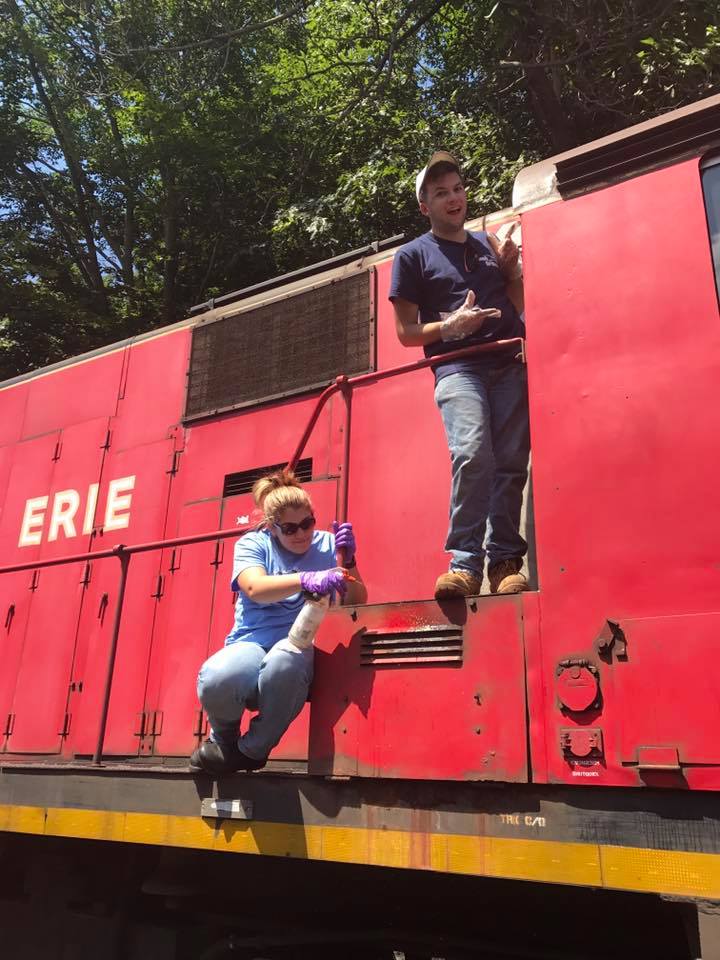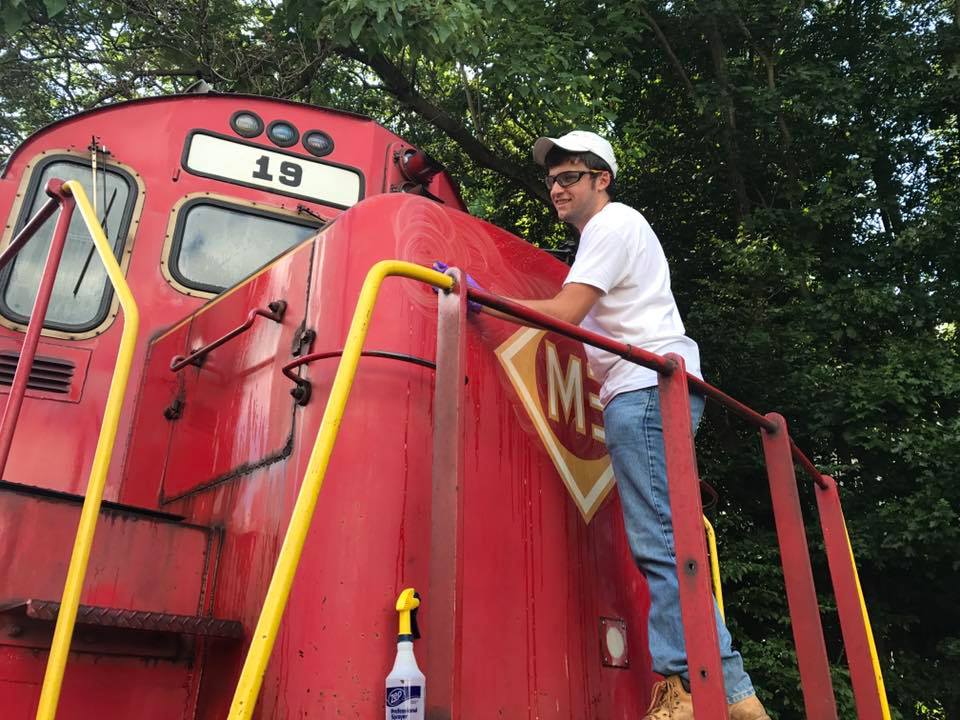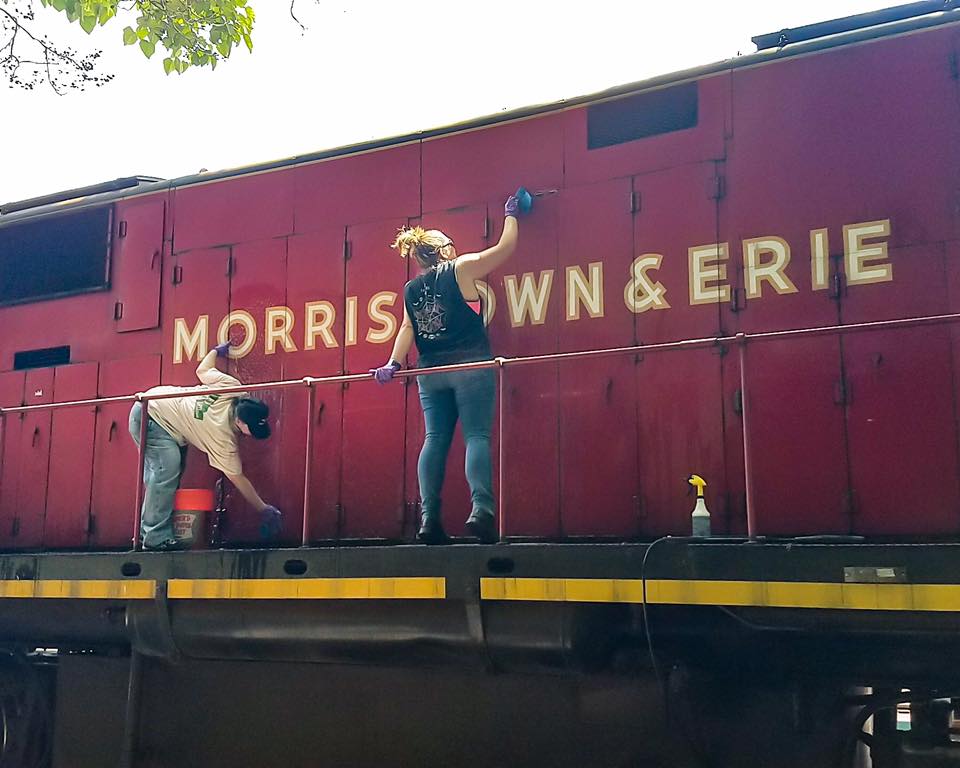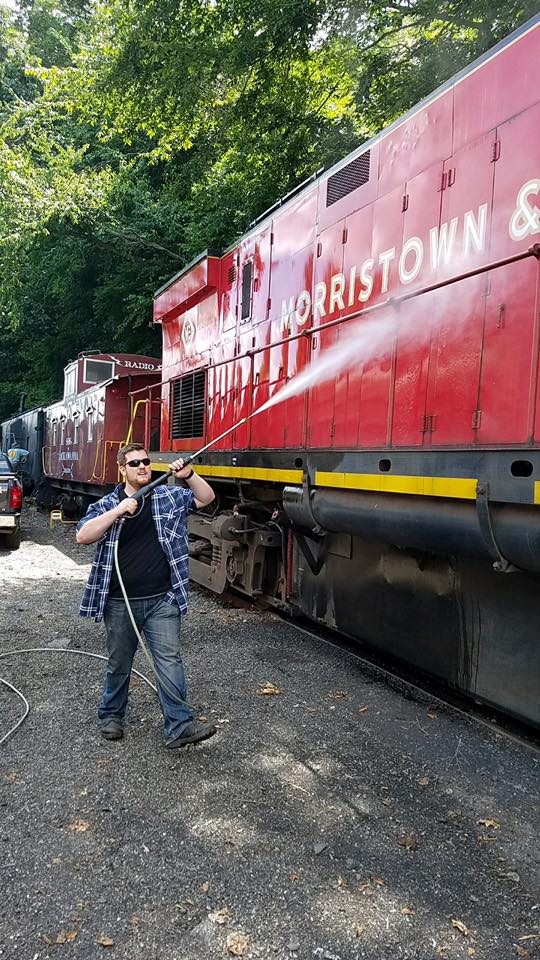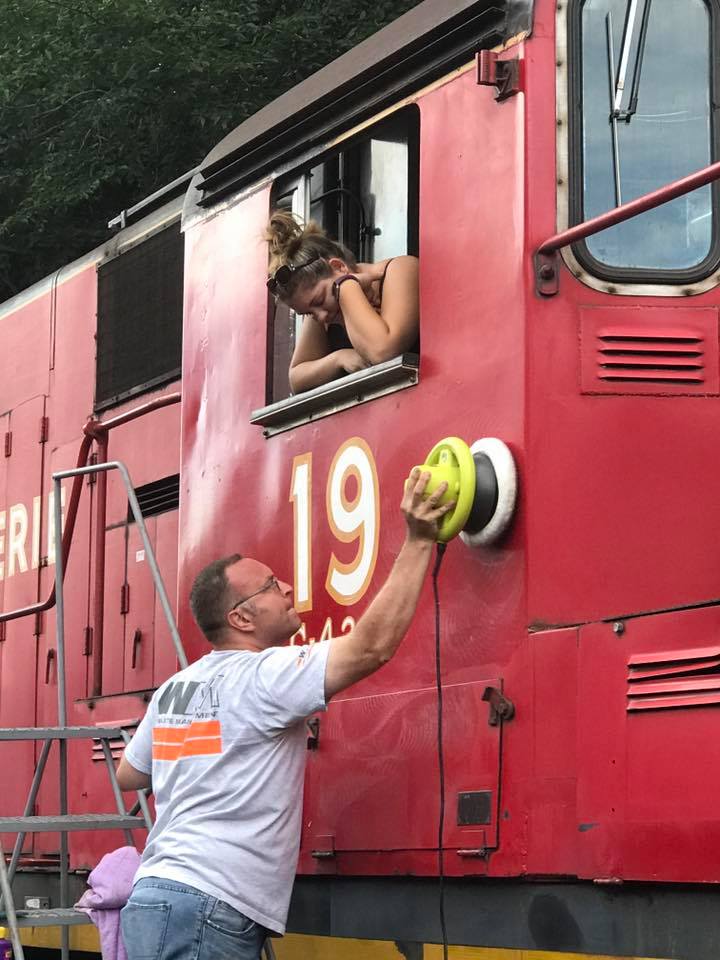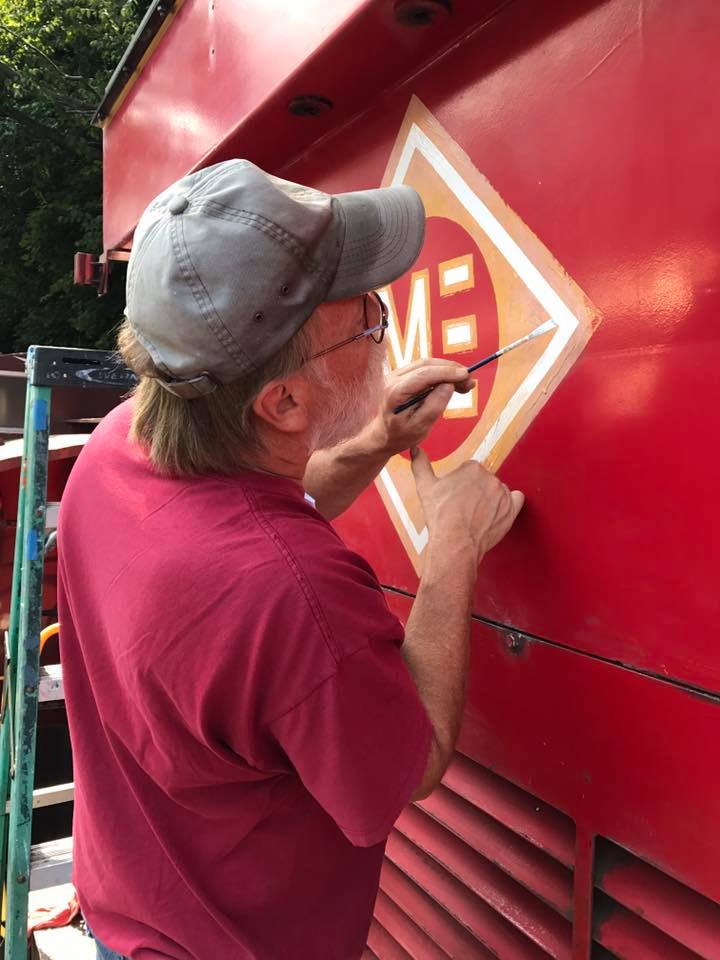Progress on Erie C330 was put on the back burner when Tri-State volunteers discovered some significant damage that needed immediate repairs in the Raritan River 10.
The 10 has been a part of the Tri-State collection since 1986. The caboose was restored by volunteers in 2013. However, insufficient repairs made by Conrail have recently warranted further repair to the caboose. After its last excursion, volunteers found minor evidence of water leaking through the roof. In late October, volunteers found that minor evidence was a result of a major problem. Water entering the roof had caused significant rot between the roof and ceiling.
Several factors contributed to this. The caboose was built with a lap seam roof, meaning each panel overlaps the one next to it, leaving a seam through which water can enter. The caboose's original construction had fabric and fiberglass insulation which was pinned to the inside of the roof. This meant moisture could get trapped against the ceiling. Such a design would be a code violation in a residential home for that reason. Also, several patched (and leaking) holes were also found, which were presumably repaired by Conrail — during an era where longevity of repairs was far from a priority.
Tri-State volunteers made quick work of removing the old ceiling and fiberglass insulation. The plan will be to replace the ceiling with original construction and like materials, modifying the insulation so the same issues do not come about again. This work will be done over the winter so the caboose can be ready to roll in the Spring.
